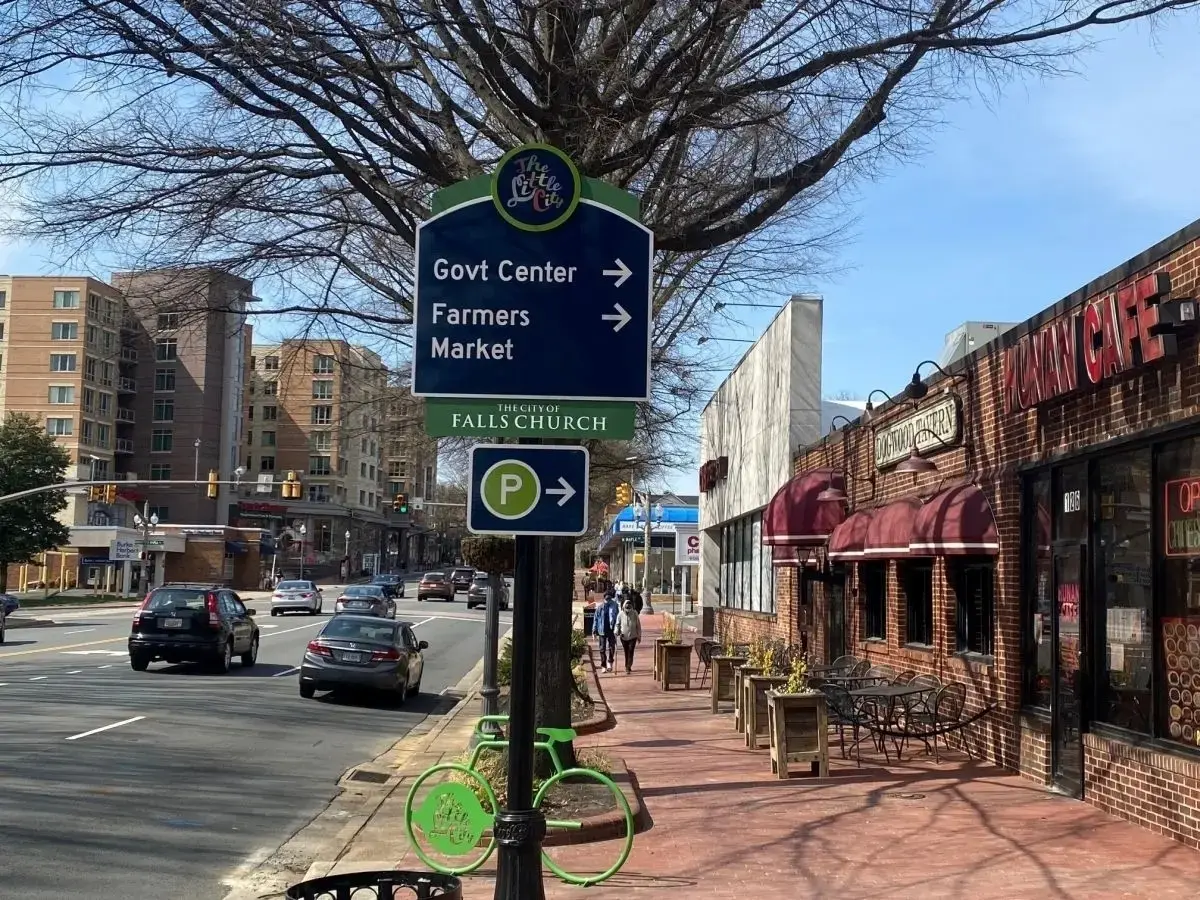Understanding Chimney Anatomy: A Comprehensive Guide in Falls Church, VA
For many, the fireplace holds a special place in their homes, providing warmth and a cozy ambiance. However, one significant part that often goes overlooked is the chimney. Knowing the anatomy of a chimney will not only improve your understanding of how the fireplace functions but can also help you maintain it and prevent potential hazards. A&T Chimney Sweeps fireplace, furnace, dryer vent, gutter cleaning, and repair services in Falls Church, VA, are dedicated to ensuring that your chimney is in perfect shape. This article breaks down the different parts of a chimney and their functions.
**1. Chimney Crown**
The chimney crown, also known as the chimney wash, is the top part of the chimney. It is a concrete cap that covers the chimney’s top opening, preventing water, debris, and animals from entering. A well-constructed crown should have a downward slope to facilitate water runoff and prevent moisture damage.
**2. Chimney Flue**
The flue is the internal shaft of the chimney where the smoke, gases, and heat from the fireplace are vented to the outside. It is usually lined with fireproof materials, like clay, ceramic, or metal, to withstand high temperatures and prevent heat transfer to combustible parts of the house.
**3. Chimney Damper**
The chimney damper is a metal plate located in the flue that can be opened or closed manually. When the fireplace is not in use, the damper is closed to prevent heat loss from the house and stop drafts. During a fire, the damper is opened to allow smoke and gases to escape through the flue.
**4. Chimney Liner**
The chimney liner is a crucial component for the safety and efficiency of the chimney. It protects the house from heat transfer and prevents the masonry from being damaged by the corrosive byproducts of combustion. If the liner is damaged, it can lead to a dangerous situation, including a house fire.
**5. Smoke Shelf and Smoke Chamber**
The smoke shelf is a flat surface located behind the damper, and it helps prevent downdrafts from blowing smoke back into the house. The smoke chamber is the area above the damper that funnels the smoke into the flue. It should have a smooth, sloping surface to promote efficient airflow.
**6. Firebox**
The firebox is where the fire is actually built. It is lined with firebrick to withstand the high temperatures and must be regularly inspected for cracks or damage that could allow heat to reach combustible materials.
**7. Ash Dump**
The ash dump is located at the bottom of the firebox and allows for easy removal of ashes. It leads to an ash pit where ashes can be safely stored until they are cold enough to dispose of.
**8. Chimney Cap**
The chimney cap is the covering over the top of the chimney flue. It prevents rain, snow, animals, and debris from entering the flue while allowing smoke and gases to escape. Some caps also have a spark arrestor to prevent burning embers from escaping and causing a fire.
**FAQs**
**Q: How often should I have my chimney inspected?**
A: It is recommended to have your chimney inspected at least once a year, preferably before the start of the heating season. If you notice any signs of damage or changes in your fireplace’s performance, you should call a professional immediately.
**Q: What are the signs of a damaged chimney liner?**
A: Signs of a damaged chimney liner include pieces of tile in the fireplace, a reduction in the draft, and smoke leaking into the house. If you suspect that your liner is damaged, contact a professional to inspect it.
**Q: Can I clean my chimney myself?**
A: While it is possible to clean certain parts of your chimney yourself, it is highly recommended to have a professional chimney sweep do a thorough cleaning and inspection. They have the necessary tools and knowledge to safely and effectively clean your chimney.
**Q: What happens if water gets into my chimney?**
A: Water can cause significant damage to your chimney, including rusting of metal parts, deterioration of the masonry, and damage to the liner. A well-constructed chimney crown and a sturdy chimney cap are essential to prevent water intrusion.
Understanding the anatomy of your chimney can help you maintain its efficiency and safety. Regular inspections and cleanings by a professional like A&T Chimney Sweeps can ensure that your chimney is in good condition and ready to warm your home for years to come.








